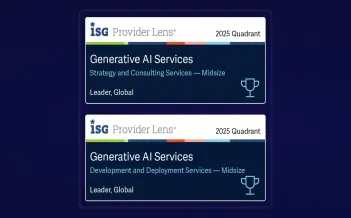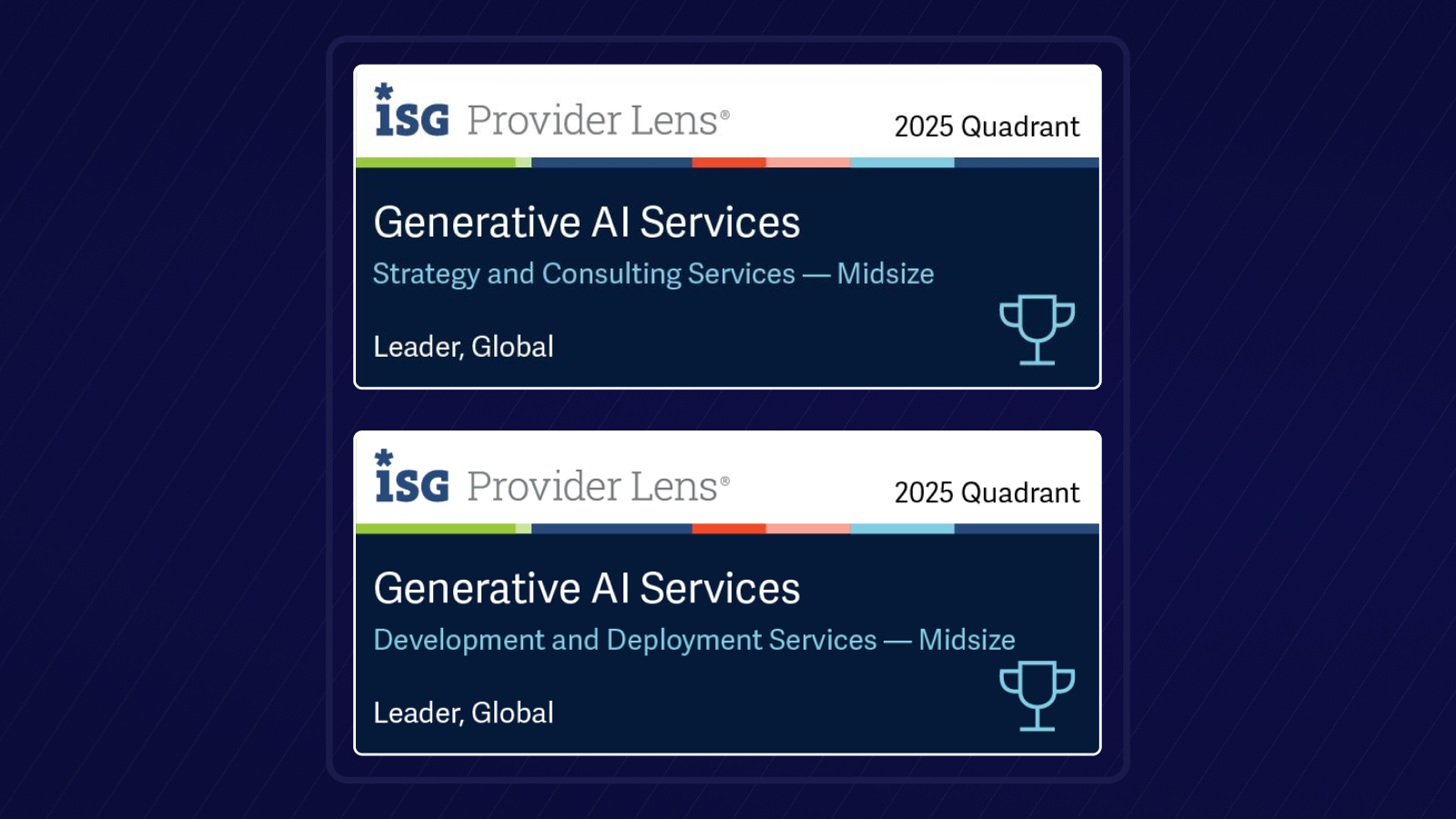The digital age is in full swing for the UK’s retail industry. Many retailers are moving to omnichannel services for product selection, payment and order tracking. Others are exploiting their store network for orders placed online but collected or returned in store. For some it is now possible for the consumer journey to take place entirely online. This approach has helped some retailers drive cost efficiency and customer growth on a scale that outstrips their competition. Retailers have extended this ‘digital first’ philosophy to self service platforms – a trend set to increase in popularity over the next 12 months as they balance cost pressures with the need to meet customer demand. The jury is still out on the exact figures, but a Gartner study recently suggested that by 2020 as much as 85% of customer service interaction will be done without any human contact.
But at the same time we are seeing reports that customer satisfaction is stubbornly on the decline. In fact, according to The Institute of Customer Service, British consumers are ‘generally less satisfied’ with the service they receive than they were two years ago – perhaps down to failing contact deflection strategies which are missing targets by up to 50%.
This is because the option of a ‘digital journey’ isn’t enough to prevent customers picking up the phone to agents when it suits them. Studies suggest that up to 53% of British adults will pick a service provider based on whether they offer 24-hour phone support. Human behaviour is predictable but not guaranteed. Take a ‘typical’ person and you won’t find that they pick email contact 100% of the time. In an omnichannel world, a number of factors – location, time of day, device, subject matter – guide a customer’s decision. And of course this decision can – and often will – change every time contact is made. But customer expectations are nonetheless the same.
Recent YouGov research showed that 25% of consumers feel comfortable using online chat to enquire about a product or service, but this figure springs to 34% when they need answers about their account. Context really is everything. A customer walking home at 6pm may want to talk to an agent but rewind three hours and you could find webchat is more appropriate given their office environment. Once you treat customers as a diverse group going about their everyday lives you begin to step into their shoes. This allows us to offer the right solutions for the right engagement at the right time. And unsurprisingly, when we’re striving to meet the needs of the customer they enjoy a better outcome at a lower cost to serve.
Taking this ‘context-led’ approach to customer service results in some exciting innovations. Firstsource customer experience labs are turning the typical customer service approach on its head to explore how people’s existing preferences can be harnessed for customer contact – for example how can Whatsapp or FaceTime be used as effective and seamless channels.
When an organisation learns to communicate as naturally with their customers as they do with their friends and family, we will have found the ‘holy grail’ of service. It won’t be easy – certainly there’s a lot of work that has to happen to deliver a disciplined but more organic and intuitive experience – but the days of imposing and expecting customers to fit in around rigid channel structures are over.










